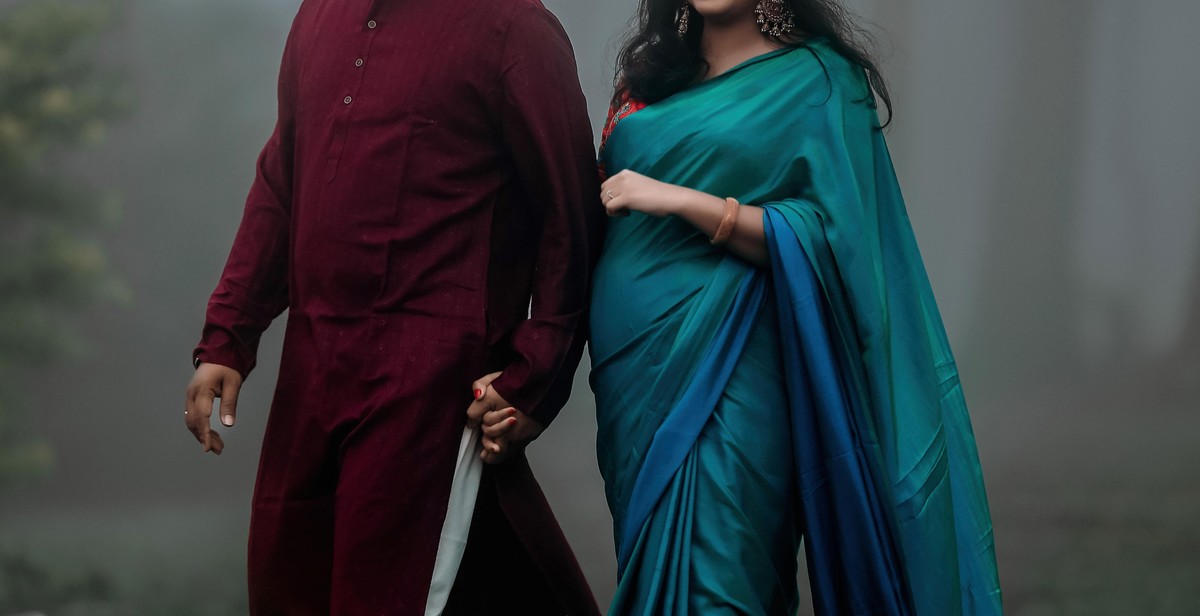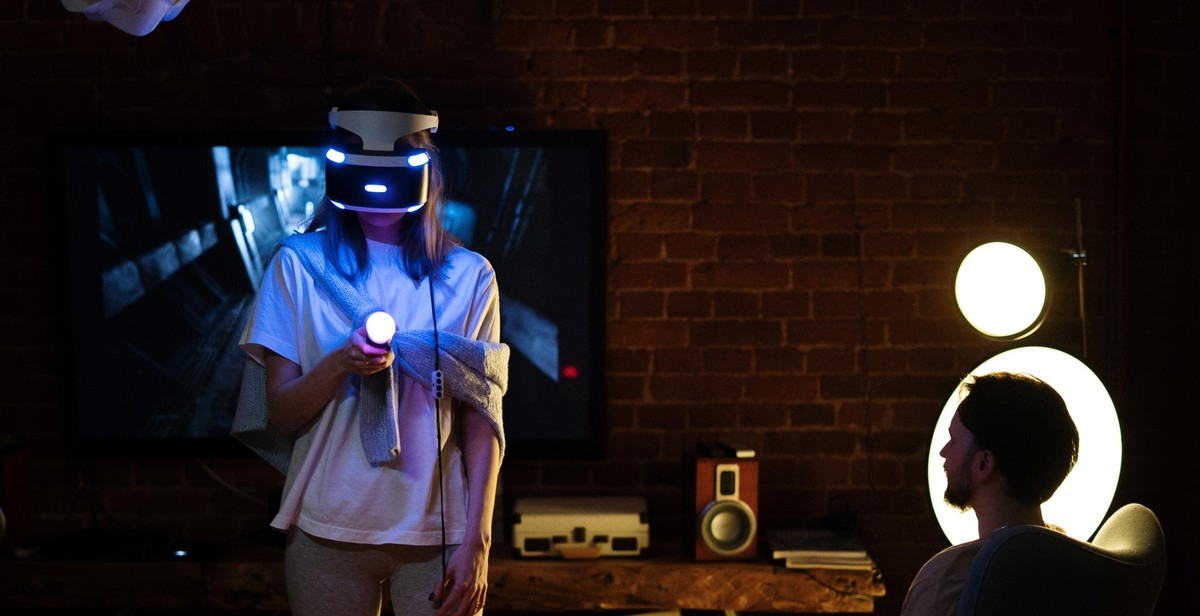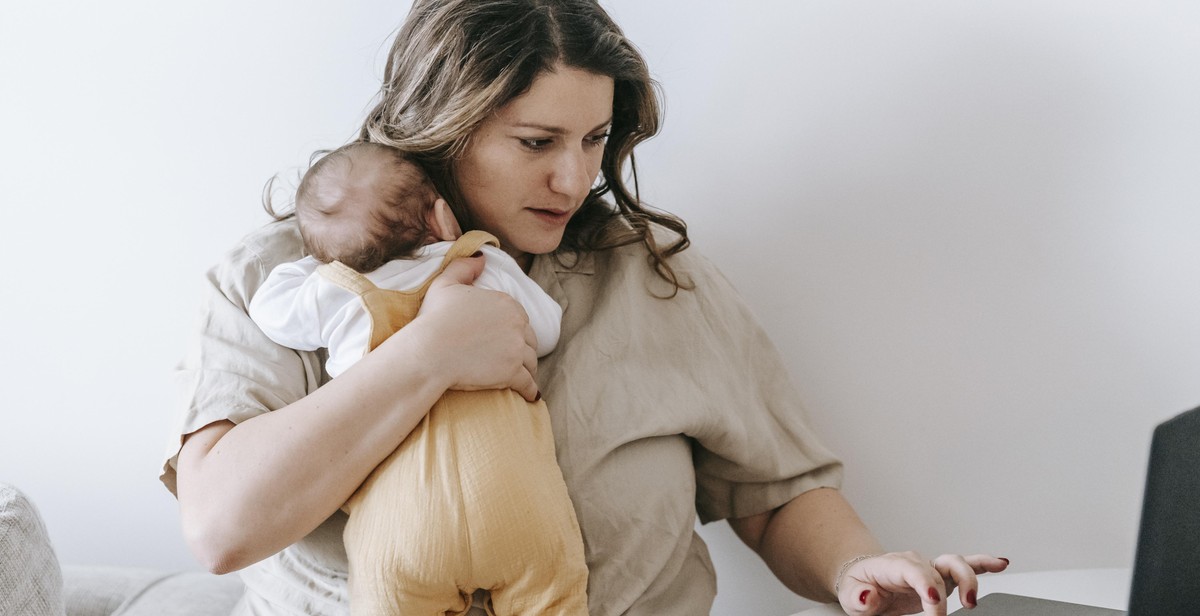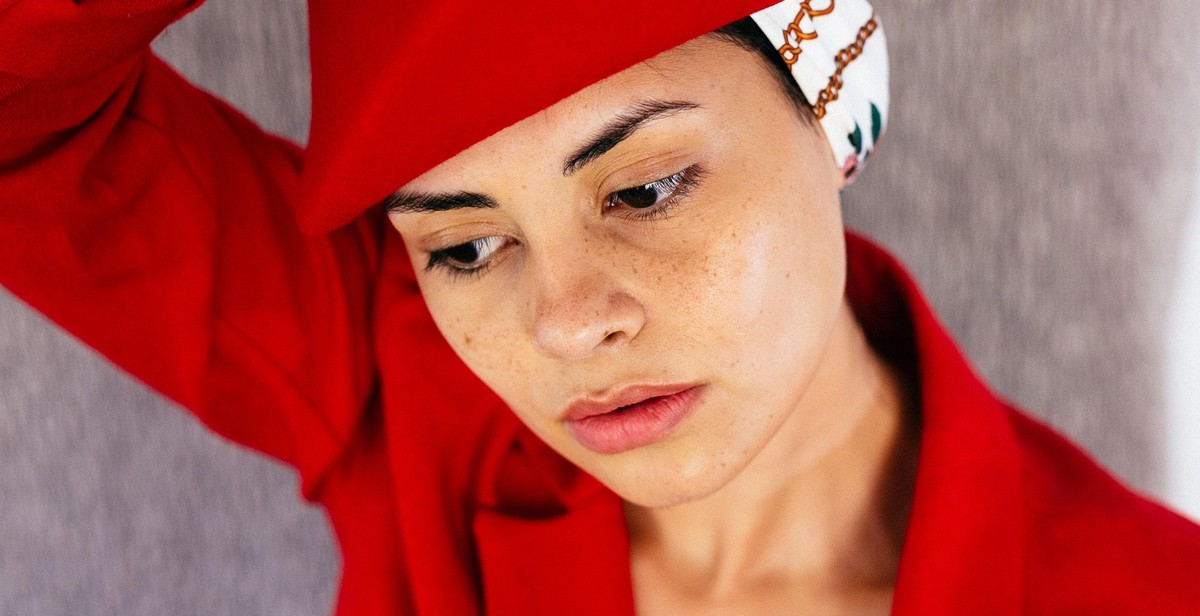From Romance Novels to Reality: Dissecting Love Tropes
Love is a complex and mysterious emotion that has captivated people for centuries. From Shakespeare’s Romeo and Juliet to the latest romance novel on the bestseller list, love stories have always been an integral part of human culture. However, the portrayal of love in popular media often follows certain tropes and clichés that may not reflect the reality of relationships.
In this article, we will explore some common love tropes found in romance novels and movies, and compare them to real-life relationships. We will examine the unrealistic expectations set by these tropes and how they can affect our perceptions of love and relationships.
The Influence of Media on Our Expectations of Love
With the rise of social media and dating apps, the way we approach relationships has changed drastically. However, the influence of media on our expectations of love remains strong. Romantic comedies, for example, often depict love as a fairytale with a happy ending, where the main characters overcome obstacles and live happily ever after.
While these stories can be entertaining and uplifting, they can also create unrealistic expectations of what love should be like. In reality, relationships require hard work, compromise, and communication. By dissecting these love tropes, we can gain a better understanding of what real love looks like and how to cultivate healthy relationships.

What are Love Tropes?
Love tropes are recurring themes or motifs that are commonly used in romance novels, movies, and other forms of media. These tropes often involve a specific scenario or plot device that is used to evoke certain emotions or create a particular atmosphere within the story.
Why Love Tropes are Popular
Love tropes are popular because they tap into our deepest desires and fantasies about love and relationships. They provide us with a sense of familiarity and comfort, as we can easily recognize and relate to these themes. Love tropes also offer a sense of escapism, allowing us to immerse ourselves in a world of romance and passion.
Furthermore, love tropes are often used to create tension and conflict within a story, which can make it more engaging and exciting to read or watch. They can also be used to explore complex issues and emotions related to love and relationships, such as trust, jealousy, and commitment.
Common Love Tropes in Romance Novels
There are many love tropes that are commonly used in romance novels, some of which include:
- Enemies-to-Lovers: This trope involves two characters who start off as enemies or rivals, but eventually fall in love.
- Friends-to-Lovers: This trope involves two characters who start off as friends, but eventually realize their feelings for each other and become romantically involved.
- Second Chance: This trope involves two characters who were previously in a relationship, but broke up for some reason. They are given a second chance at love when they are reunited later on.
- Forbidden Love: This trope involves two characters who are in love, but face obstacles or opposition from others who disapprove of their relationship.
- Love Triangle: This trope involves three characters who are involved in a romantic relationship, often leading to jealousy and drama.
These are just a few examples of the many love tropes that can be found in romance novels. Each trope offers a unique perspective on love and relationships, and can be used to create compelling and emotionally charged stories.

The Reality of Love Tropes
Love tropes are common themes or patterns that are often used in romantic stories to create a sense of familiarity and predictability for the audience. While these tropes may make for an entertaining read or watch, they often do not reflect the realities of real-life relationships.
How Love Tropes Affect Our Expectations of Relationships
Many people consume romantic media, such as books, movies, and TV shows, as a way to escape from their daily lives. However, these stories can also unintentionally shape our expectations of what love and relationships should be like.
For example, the “love at first sight” trope can create the expectation that we should feel an instant connection with someone we are attracted to. This can lead to disappointment when we don’t experience this immediate spark with potential partners.
Similarly, the “happily ever after” trope can create the expectation that relationships should always be easy and perfect. This can lead to frustration and disappointment when real-life relationships inevitably have their ups and downs.
The Danger of Idealizing Love Tropes
When we idealize love tropes, we risk comparing our real-life relationships to unrealistic standards. This can cause us to overlook the positive aspects of our relationships and focus only on their flaws.
Furthermore, idealizing love tropes can lead to a sense of dissatisfaction with our partners. We may start to believe that if our partner doesn’t fit the idealized version of a romantic hero or heroine, then they are not good enough for us.
How to Avoid Falling for Unrealistic Love Tropes
One way to avoid falling for unrealistic love tropes is to consume a variety of media that depicts different types of relationships. This can help us to see that there is no one “right” way to love someone.
It’s also important to remember that real-life relationships require effort and compromise. We should not expect our partners to be perfect, and we should be willing to work through challenges together.
Finally, it’s important to communicate openly with our partners about our expectations and needs in the relationship. By doing so, we can work together to build a healthy and realistic relationship that is based on mutual respect and understanding.

The Influence of Media on Love Tropes
The portrayal of love tropes in media has a significant impact on our perception of love. From romance novels to romantic comedies, these tropes have been a staple in the entertainment industry for decades. While they can be entertaining and even inspiring, they can also create unrealistic expectations and perpetuate harmful stereotypes.
The Portrayal of Love Tropes in Media
Love tropes are recurring themes or plot devices in media that revolve around romantic relationships. Some of the most popular love tropes include the “meet-cute,” the “happily ever after,” and the “love triangle.” These tropes can be found in various forms of media, including movies, TV shows, and books.
While these tropes can be enjoyable to watch or read, they often present an idealized version of love that is not reflective of real-life relationships. For example, the “meet-cute” trope portrays a chance encounter between two people that leads to a romantic relationship. While this can happen in real life, it is not as common as it is portrayed in media.
The Effect of Media on Our Perception of Love
The portrayal of love tropes in media can have a significant impact on our perception of love. When we consume media that presents an idealized version of love, we may develop unrealistic expectations for our own relationships. This can lead to disappointment and dissatisfaction in our real-life romantic relationships.
Additionally, media can perpetuate harmful stereotypes about love and relationships. For example, the “love triangle” trope often portrays a woman as the prize to be won by two men. This perpetuates the idea that women are objects to be won rather than individuals with their own agency and desires.
How to Interpret Love Tropes in Media
While love tropes can be entertaining and even inspiring, it is important to approach them with a critical eye. When consuming media that portrays love tropes, ask yourself if the portrayal is realistic or if it perpetuates harmful stereotypes. Consider how the portrayal of love in media may be affecting your own perception of love.
It is also important to remember that love is complex and multifaceted. Real-life romantic relationships do not always follow the patterns and tropes presented in media. By approaching love tropes in media with a critical eye, we can better understand their influence on our perception of love and relationships.

Breaking Away from Love Tropes
Love tropes are often used in romance novels and movies to create an idealized version of love. However, these tropes can be harmful when they are applied to real-life relationships. It is important to break away from these tropes and create our own unique love stories that embrace individuality and imperfection.
The Importance of Individuality in Relationships
One of the biggest problems with love tropes is that they often promote the idea of two people becoming one. This can lead to a loss of individuality and a lack of personal growth within the relationship. It is important to remember that each person in a relationship is an individual with their own dreams, goals, and interests. Embracing this individuality can lead to a stronger and more fulfilling relationship.
How to Create Your Own Love Story
The first step in creating your own love story is to let go of the idea that your relationship needs to fit into a specific mold. Instead, focus on what makes your relationship unique and special. This could be shared interests, inside jokes, or a particular way of showing affection. By embracing these unique aspects of your relationship, you can create a love story that is truly your own.
Embracing the Imperfect
Another problem with love tropes is that they often portray relationships as perfect and effortless. In reality, all relationships require work and compromise. It is important to embrace the imperfections in your relationship and work together to overcome them. This can lead to a stronger and more resilient relationship in the long run.
By breaking away from love tropes and embracing individuality and imperfection, you can create a love story that is truly your own. Remember that your relationship is unique and special, and it doesn’t need to fit into anyone else’s mold.
